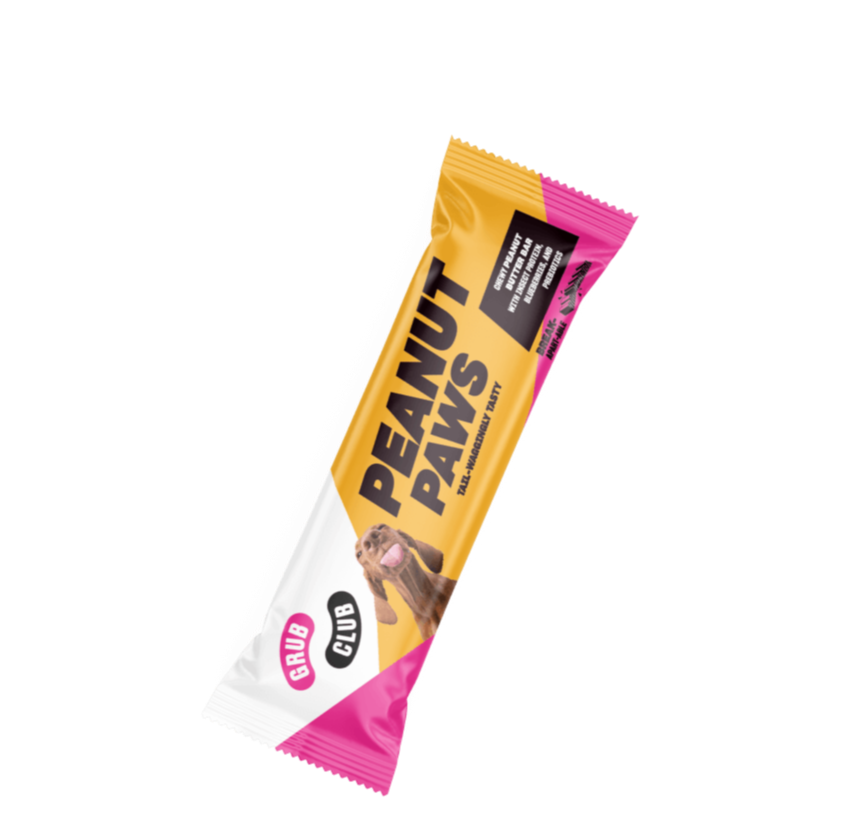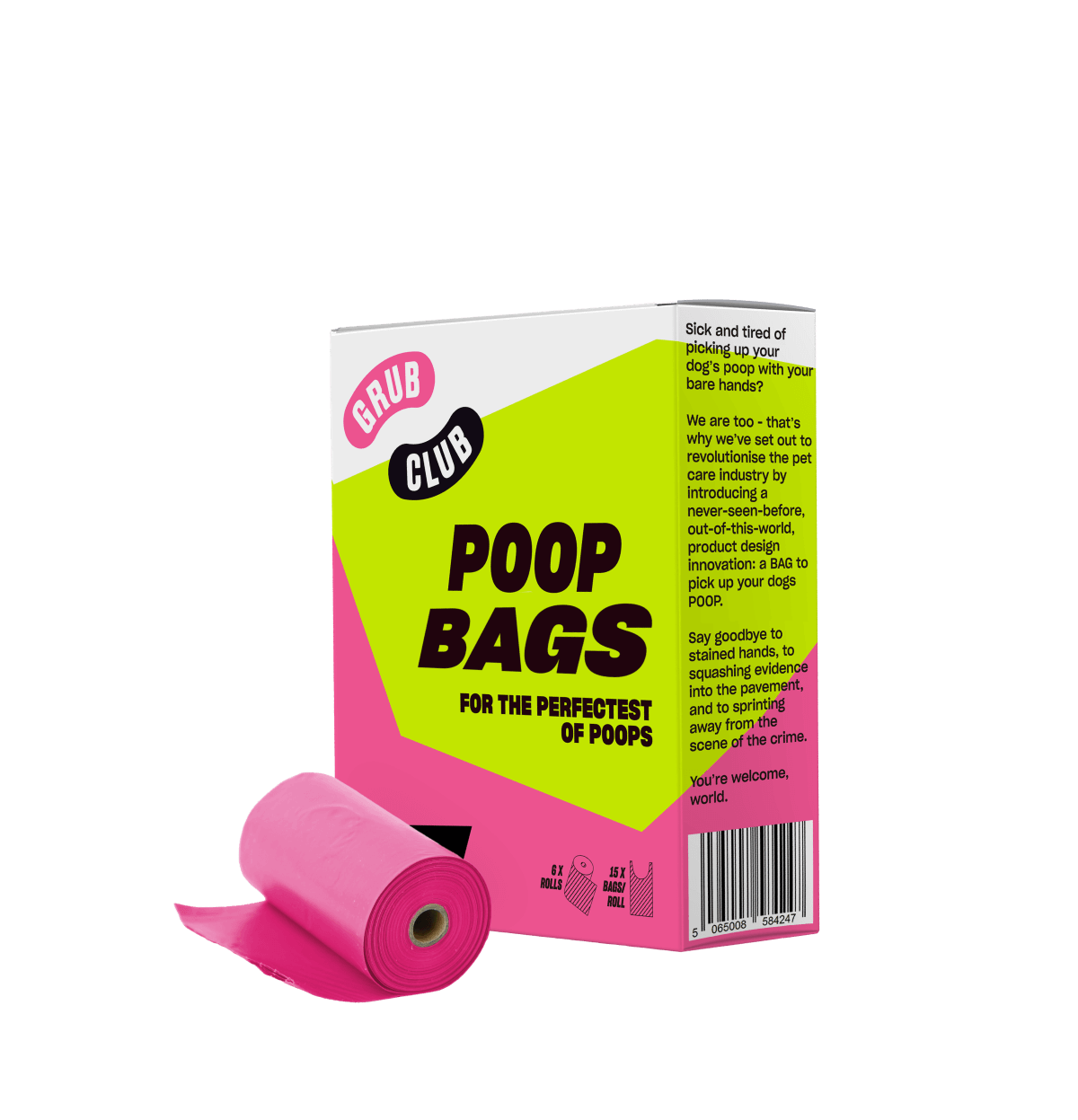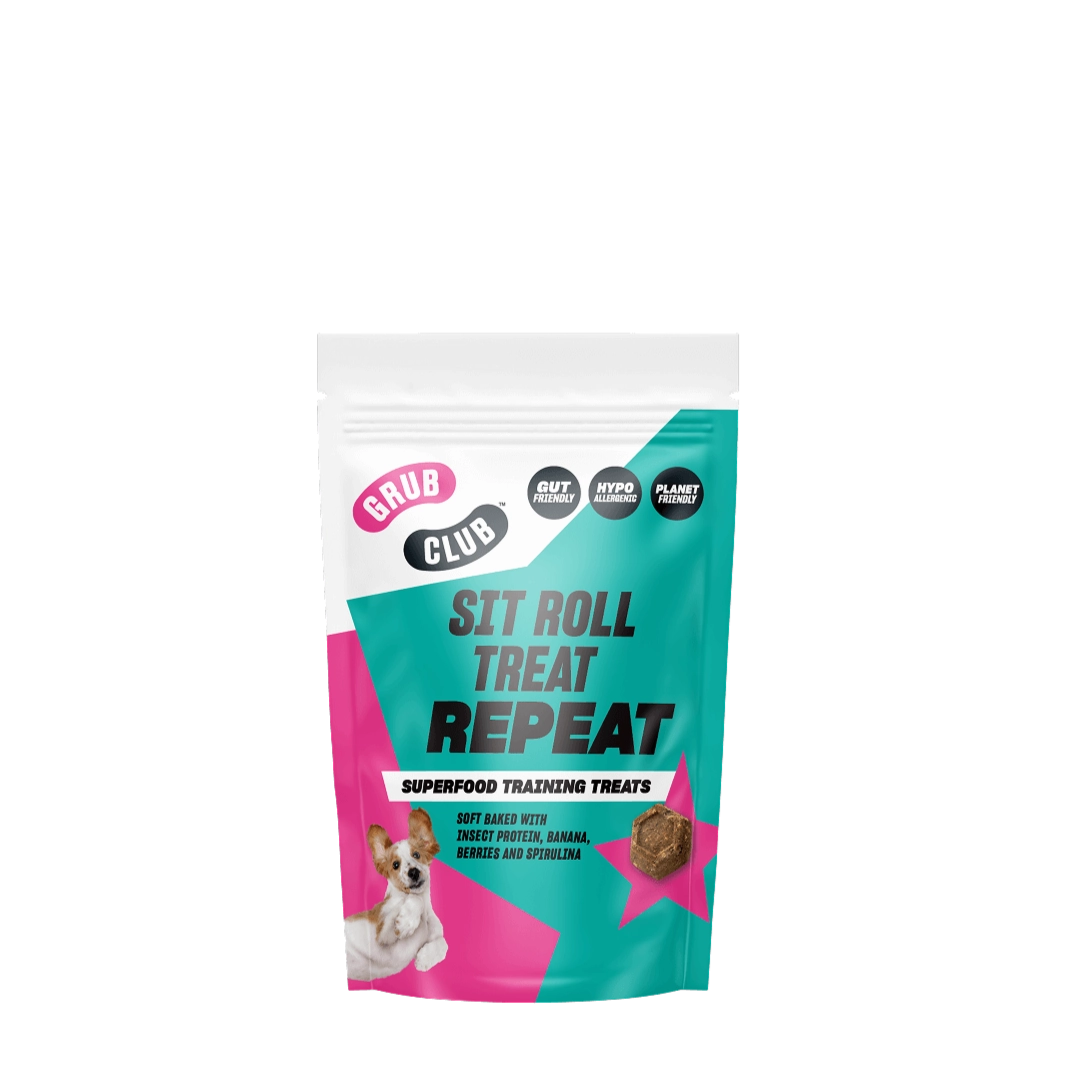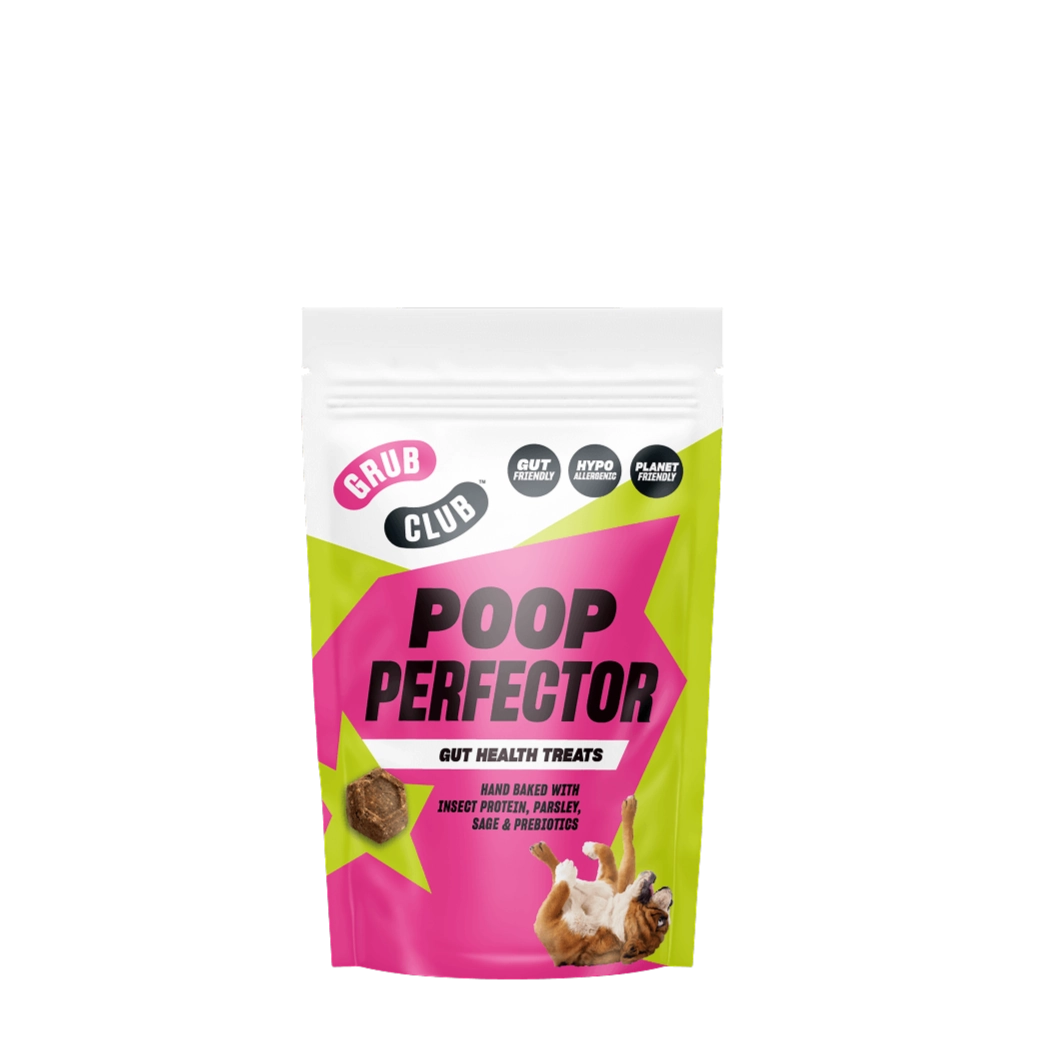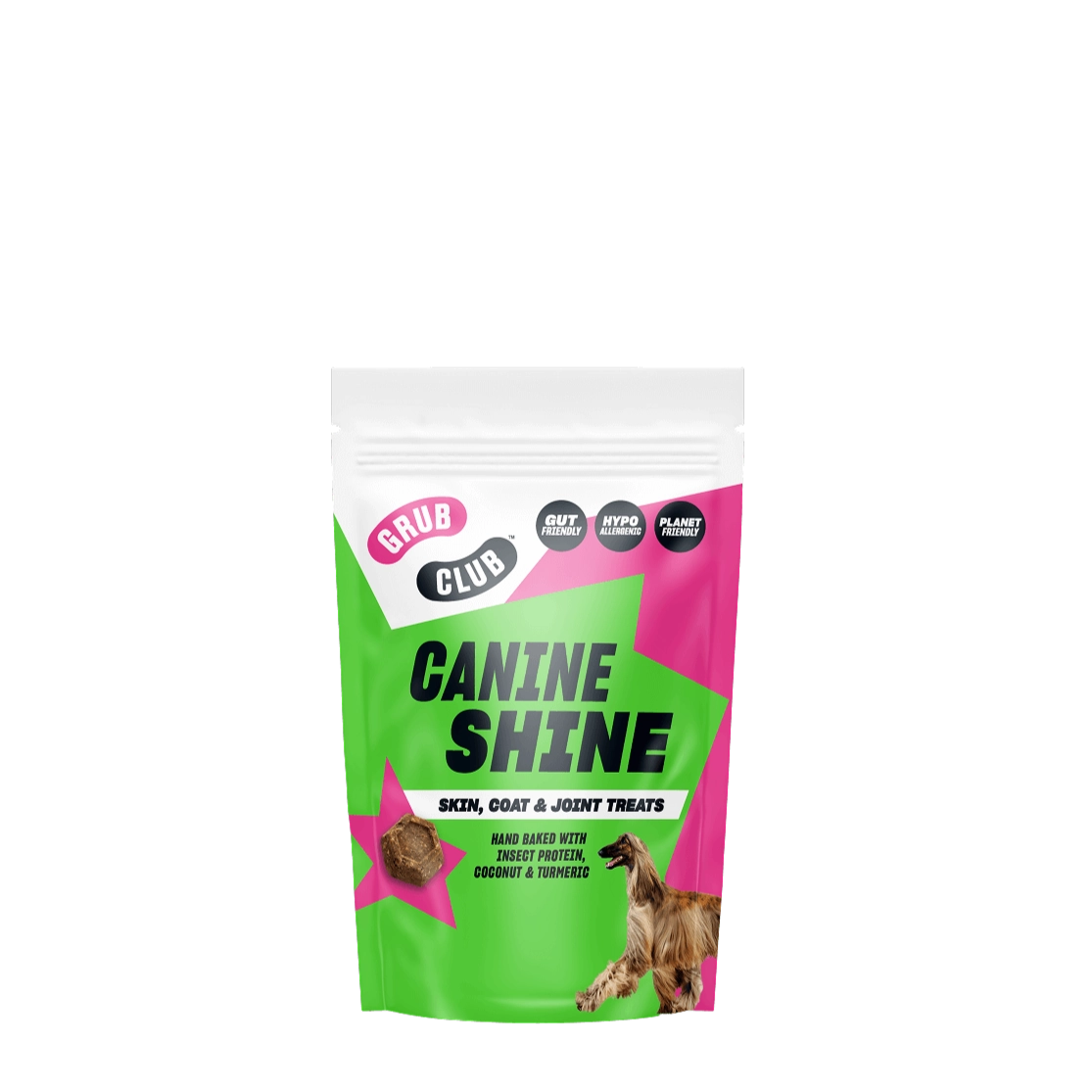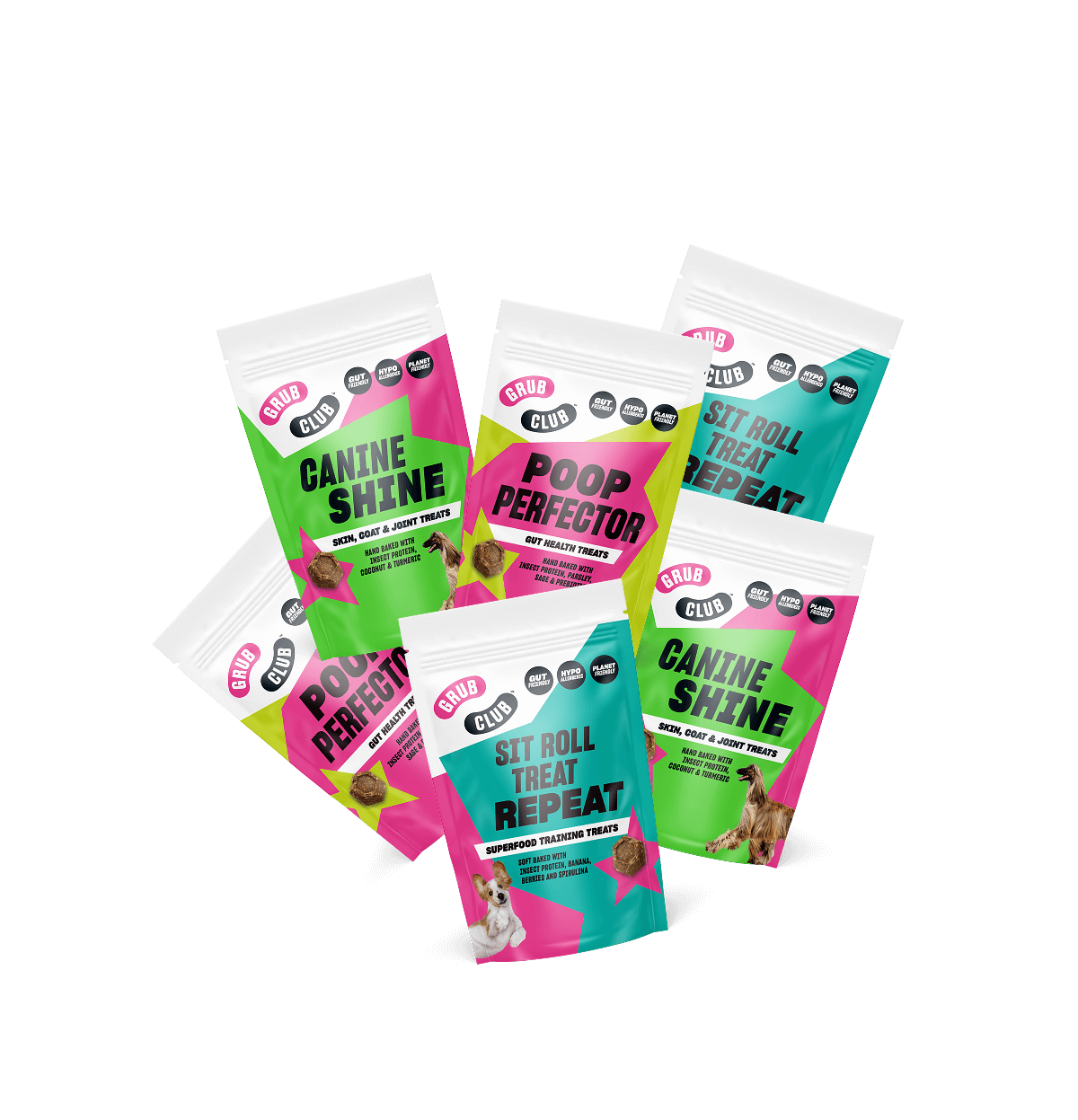Top Dog: All-In-One
Supplement for Snout-to-Tail Wellness
60 Scoops
FREE UK Delivery on orders above £49.
You have £0.00 in your cart, spend £49.00 more and get free shipping.
60 Scoops
1 Bar
72 Bags
1 Pack
1 Pack
1 Pack
Or continue without a name
CheckoutBelieve it or not, some dogs can be fussy with their food. Whilst we often associate puppy eyes with table scraps, not all of our canine pals find food to be as interesting as others and this can often result in a bowl full of kibble left at the end of the day. We look at the reasons why your dog may be turning their nose up at dinner and we share our top tips for getting them to tuck in at meal times.
If your dog's reluctance to eat their food has come on suddenly and they're losing weight, there could be an underlying health issue such as stomach problems, dental pain or allergies. We'd recommend contacting your vet to rule any of these out before jumping to conclusions.
Once your vet has given your dog's health the thumbs up, it's time to investigate further. Take the time to make notes on their routine, their feeding patterns and food reactions and assess where their eating problems may stem from.
Just like us, dogs can get bored of eating the same food each day. This is more likely when the food lacks flavour and scent. A dog’s nose is around 100,000 times stronger than ours. so providing a meal that really awakens their olfactory senses is going to prevent food boredom.

There can be many triggering factors including:

In short, yes. Whilst we like to think of them as our babies (guilty!) dog are animals and their natural instinct will take over when they're super hungry. Your dog will eventually eat - it may just take a little time.
There are some really simple methods to try in order to encourage your fussy dog to eat:
Is your dog filling up in in other ways? Yep. We're talking about treats and lots of them. We don't want to seem like the fun police (can you ever have too many Poop Perfectors?) but we recommend reducing your dog's daily intake of extra curricular snacks to build up an appetite. Whilst easier said than done, we'd also discourage your dog from eating food that's fallen on the floor at home, and out on walks.

An adult dog should be fed once or twice a day: usually first thing in the morning and then again around your dinner time. Meals should be fed after exercising to prevent any risks of stomach upsets or bigger issues such as gastric torsion (bloat). Giving your dog a run around before food should build up an appetite for a big bowl of kibble once they get home.
Pick a place for meal times and where possible, stick with this exact spot every single day. This helps your dog to associate that location with food. Keep the area or room quiet whilst your dog is eating so they have a calm and safe environment to enjoy their food in.
Any pet that is anxious, easily distracted by noise or interrupted during meal times could refuse to eat.
When it comes to eating, comfort is everything and this applies to dogs too.
Some breeds may require an elevated bowl to prevent neck pain and to aid digestion (usually larger dogs such as Great Danes, German Shepherds, Pointers and so on). Others dogs might need a bowl holder to prevent their bowl from moving around the room whilst they eat.
Another factor to consider is that your fussy dog may not like the sound of certain textures (eg: a metal bowl) so switching to a plastic or ceramic bowl could be beneficial.
Most dogs will typically require 1-2 walks a day depending on age, breed and health. Their walks can consist of a mixture of high-energy play, lots of sniffing (do not underestimate how much stimulation they can get from a good sniff!), swimming and training all of which will benefit them both physically and mentally.
Don’t overlook how much activity you can do inside the house as well. A game of tug, fetch and puzzles such as kongs and snufflemats will also keep them stimulated. A good balance of activities will lead to a happy, healthy dog with a good appetite.

Adding a little bit of water to their kibble helps to soften the food, releases the wonderful aromas (and will also help the food to be digested more easily).
You can also mix their kibble with wet food. This helps add more flavour and moisture to dry food.
Some dogs may need baby steps in order to encourage them to find their paws with eating again and taking the time to hand feed can really help. Remember to give lots of praise and keep the feeding area quiet and relaxed.
Don’t rush them and certainly don’t pressurise them, they need to re-establish that relationship with food and associate it with being a good thing.

If you feel as though your dog's current food really isn’t doing it for them then the answer probably is to switch them to something a little more nutritious and tastier. This will need to be done gradually to prevent any tummy issues.
Here at Grub Club we always recommend starting with around 20-25% Grub Club mixed with the existing food and gradually increasing this over the course of a week or so until your dog is eventually 100% on the Grub Club train! If you’d prefer to take a bit longer to transition, that’s also completely fine – every dog is different so feel free to approach the transition time as you see fit.


